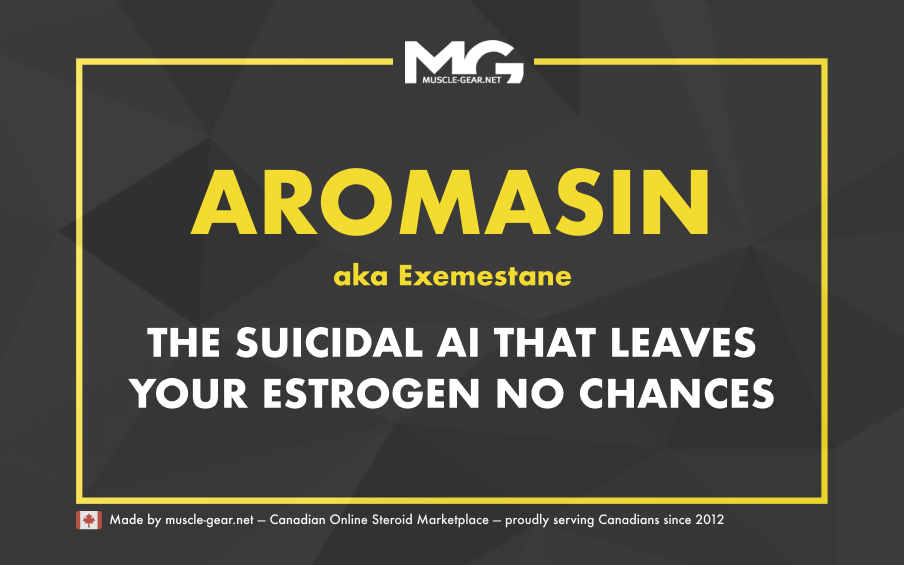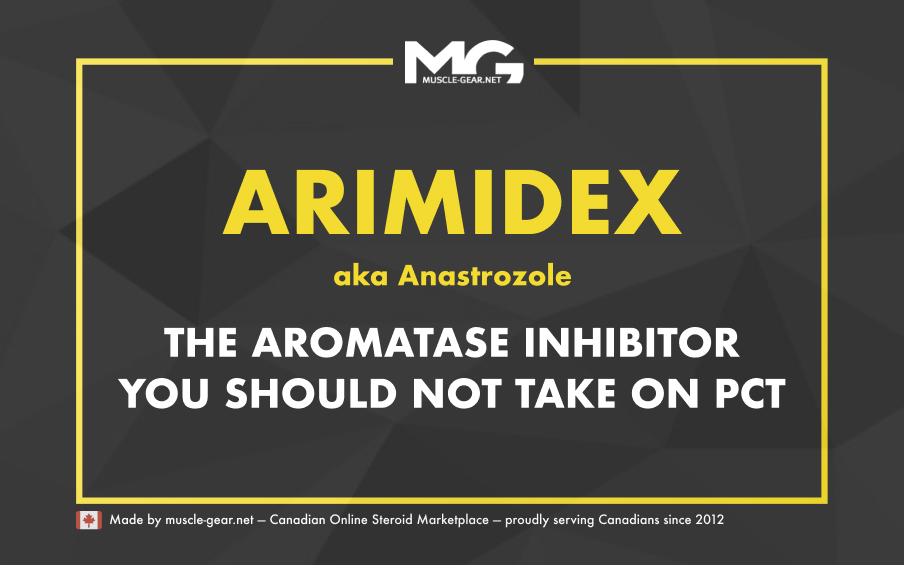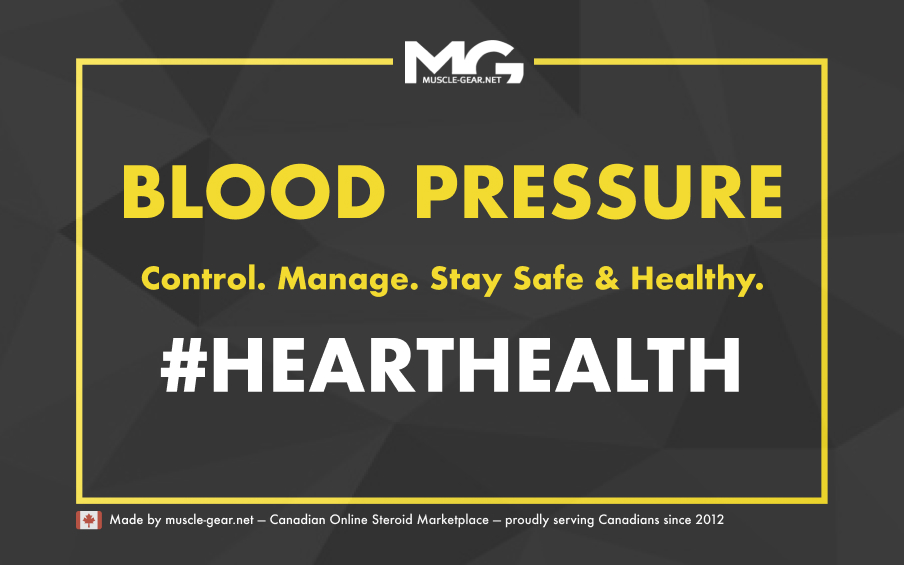
We use cookies to improve your shopping experience and analyze site traffic.

 Trusted by 50,000 Customers
Trusted by 50,000 CustomersOut of stock
Out of stock
Out of stock

You have no items in your shopping cart.
Shop
Quick Links









